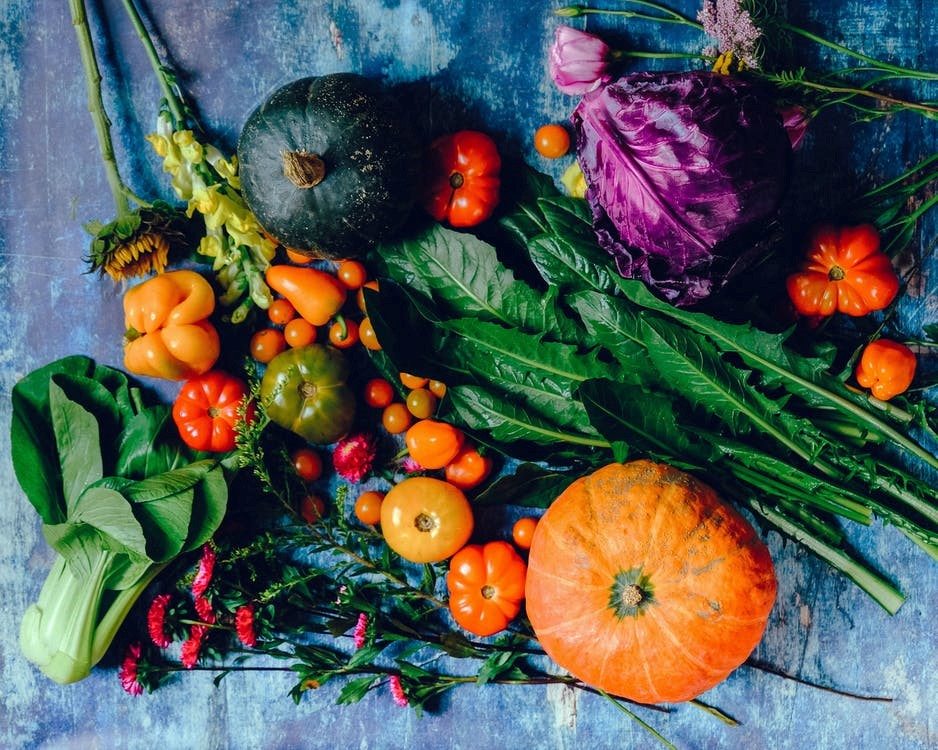What are natural food colorants or natural food color?
Natural Food Color are extracted from natural source such as vegetable or fruit instead of chemically synthesized. Examples of sources of the natural food color are: paprika, pumpkin, carrot, cabbage, beetroot, turmeric, annatto, spirulina, tomato, radish, purple sweet potato, elderberry. After harvest, those vegetable or fruit will be processed to extract colors components, concentrated and de-flavored.
Is gel or powder natural food coloring better?
Both liquid and powder natural food color are good. Depends on application, the food manufacturer may prefer different types of natural food color. Normally beverage application prefers liquid natural food color, while other application prefer powder form. Powder natural food color are easier to store and transportation, and the cost of transportation is normally lower. The liquid natural food color will be easier to use in some application.
What is the best powder natural food coloring?
All of FoodRGB natural food colors are good. Lots of natural food colors benefit to health. Depends on application environment, different natural food colors are chosen based on application design color, processing temperature, pH, other ingredients. The usage of natural food colors is more complex than synthetic color. But with highly experienced FoodRGB researchers, we can provide good and custom solution to our customers.
Can you buy all natural food coloring?
Yes, FoodRGB natural food colors cover most of the application and large range of colors. FoodRGB researchers develop more than 30 new formulas upon requests of our customers. We helped lots customers convert from synthetic color to natural food color.
What is the safest food coloring?
The natural food color are safer than synthetic color. Natural food color are extracted from vegetable and fruit, so they are very safe and healthy.
How do you use food coloring powder?
FoodRGB natural food color powder can be blended directly in products or dissolved in liquid then blended in product.
What can I use for natural food coloring?
The natural food color can be used in almost all food products such as candy, chocolates, beverage, cakes, cookies. The usage of natural food color is more complex than synthetic color though. Technical support on formula colors, usage of natural colors becomes essential. FoodRGB provides best efforts to support customers on how to use natural food color.
How long does powdered food coloring last?
Normally, the natural food color last for at least one year in normal condition. If the storage condition is cool and without light, the color can last longer.
What can you use powdered food coloring for?
The powder natural food colors are easy to transport, store and to use. They can be used in candy, chocolates, beverage, cakes, cookies and so on.
Can liquid food coloring replace gel?
Natural food colors in liquid form are mostly used in beverage.
How do you make natural turmeric dye?
FoodRGB is turmeric extract manufacturer (curcumin manufacturer) from plant to product – a natural yellow food color manufacturer. We carefully choose the best turmeric species, then grow large quantity of turmeric. Our special manufacturing process removes odor and flavor from turmeric. This makes our turmeric extract food color highly concentrated.
How much turmeric should I use to dye?
The dosage of turmeric depends on how concentrate the turmeric is and the desired color of the product. Typical turmeric product concentration is 1%, whose dosage is normally 1-3%.
How do you make the color yellow naturally?
There are a few choices of natural yellow color. Turmeric, beta carotene are mostly used for yellow color.
What food coloring makes blue?
The natural blue color for food has several choices: spirulina, gardenia, huito, and Anthocyanin. Each blue color has pros and cons. The best choice depends on application.
Where does annatto extract come from?
Annatto extract is extracted and refined from seed epidermis of Bixa Orellana. Annatto is an orange-red condiment and food coloring derived from the seeds of the Bixa orellana tree native to tropical regions such as Kenya, Ivory Coast, Mexico to Brazil. It is often used to impart a yellow or orange color to foods.
Is annatto the same as Paprika?
Both Annatto and Paprika are plant based color. Their sources of are different, so the application and colors are different.
Can I use food coloring instead of annatto?
Annatto is one of the natural food color. Annatto can be used in many applications such as bakery, beverage, confections.
Is carotene a food Coloring?
Beta-carotene is a natural food color. Beta-carotene is wildly used in beverage and other products.
Is beta carotene natural or synthetic?
There are two types of beta carotene, both are considered as natural food color. One type of beta carotene is synthesized beta carotene which are made from other chemical. The other type of beta carotene is fermentation beta carotene which was produced by dunaliella salina.
What foods contain beta carotene?
Many beverage and foods contain beta carotene. Carrot, pumpkin are beta carotene rich vegetable.
#NaturalColors #FoodColoring #NaturalFoodColor #FoodColorSupplier #NaturalColorSolution
